Poultry farming is one of the most common agriculture industries, and it has seen much growth in recent years. This has led to an increase in poultry production, which has put increased pressure on feed resources. Improving the feed conversion ratio (FCR) is critical for poultry farmers who want to increase their income. A few key rules can help you achieve this; by following them, you will be on your way to increased profits.
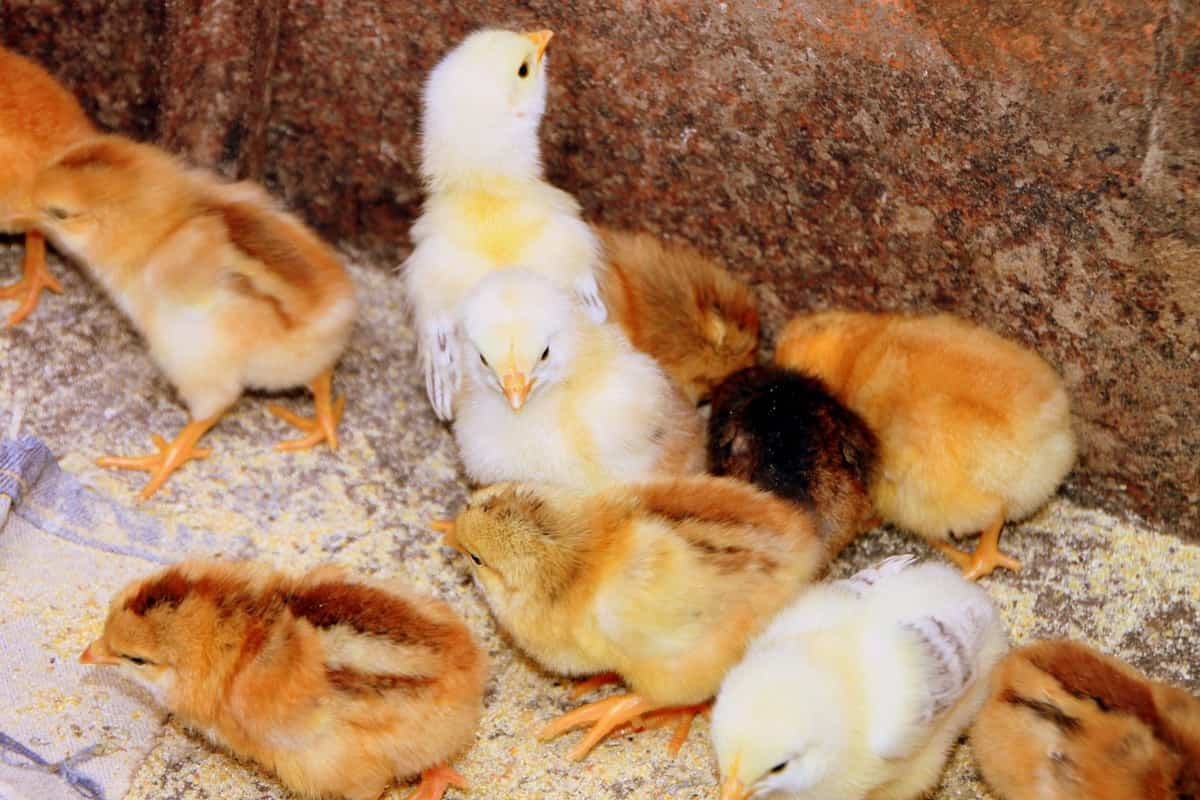
How to improve Feed Conversion Ratio (FCR) in poultry farming
What is Feed Conversion Ratio?
The Feed Conversion Ratio (FCR) is an important metric to track when growing poultry. It helps farmers determine how many eggs or pounds of meat their birds produce per pound of feed they give them. However, there are a few key rules to improve your FCR. To start, you need to ensure that the feed you are providing your birds is high in quality and nutrient-rich. Next, space your feedings throughout the day, so your birds have enough time to digest them.
And finally, make sure that you are providing enough water to your birds during and after their feedings. A feed conversion ratio (FCR) is a key performance indicator used to measure the efficiency of livestock production. Feed conversion rates are expressed as kilograms of feed consumed per kilogram of output produced. Poultry farming aims to produce high-quality meat and eggs at low cost. To achieve this, producers must maximize the efficiency of their feeding systems.
What is the importance of FCR in poultry?
The feed conversion ratio (FCR) is an important indicator of poultry performance and productivity. A high FCR indicates that the bird is converting feed into meat at a high rate, which results in less wasted food and lower costs. Additionally, a high FCR can help to reduce the number of birds required to produce a given amount of meat, thereby reducing the overall amount of time and resources spent on production.
In case you missed it: 12 Key Rules for Effective Poultry Farm Management: From Planning to Reducing Production Cost
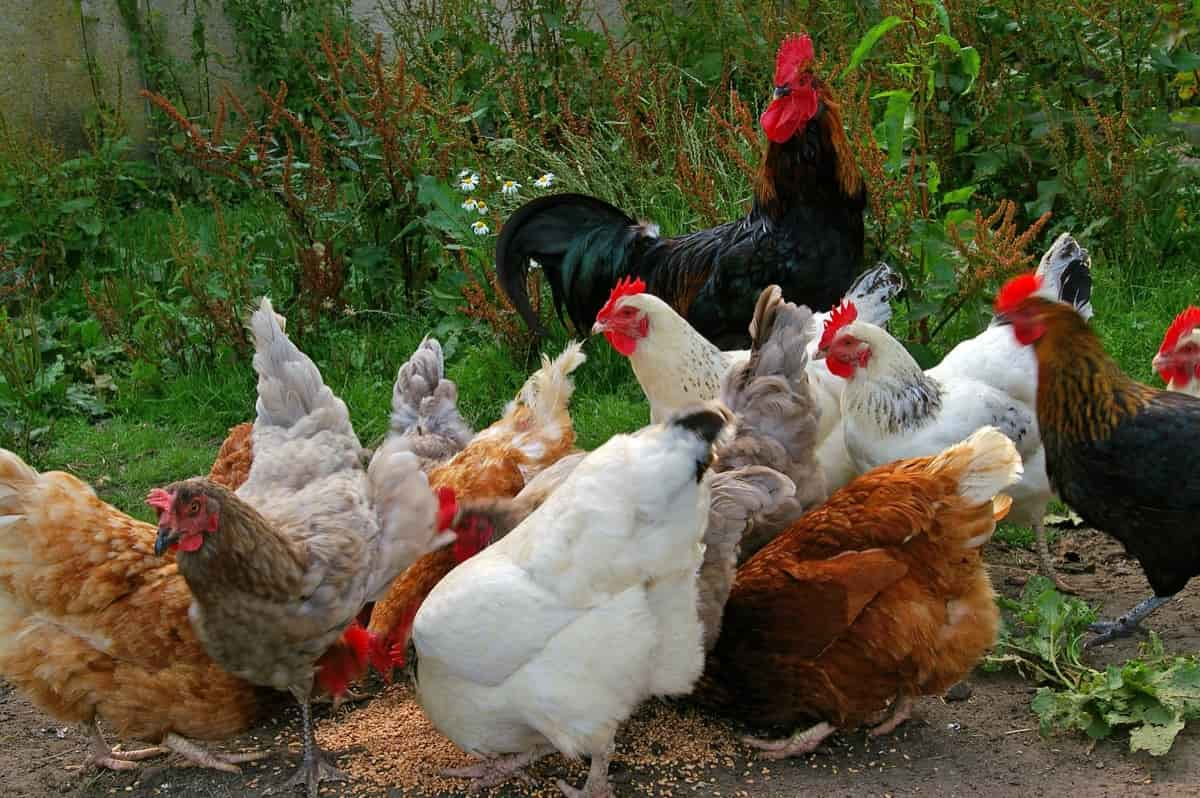
The poultry feed conversion ratio (FCR) measures how much feed is converted into meat or eggs in a poultry farm. Improving FCR means higher efficiency and better profits for the farmer. Below are some steps to improve your FCR, but following these key rules will help you achieve the best results:
- Cull older birds – The average bird lives for about two years, so cull older birds to reduce the number of feed inputs needed per bird.
- Feed high-quality ingredients – Use high-quality feeds specially formulated for poultry to ensure optimal nutrition and improved FCR.
- Keep feed levels consistent – Ensure feed levels are consistent across all feeding stations to avoid overfeeding chickens.
- Breed for efficiency – Select breeds with an efficient feed conversion rate and use suitable housing conditions to increase productivity and minimize waste from feathers, droppings, and food waste.
- Monitor health – Monitor birds’ health and activity levels to ensure they get the right amount of food and water.
Key rules need to follow to improve FCR in poultry farming
- The first rule is ensuring the feed is of the correct quality. This means that it must be high in protein and energy content, as well as low in calcium and phosphorus.
- The second rule is to mix the feed with water properly. This will ensure that the feed is evenly distributed throughout the pen and that each bird has access to enough food.
- Finally, keeping an eye on the bird’s health while eating their feed is important. If there are any signs of illness, such as reduced weight or poor egg production, then adjustments may need to be made to the diet.
How to improve FCR with different methods?
1. Increase feed intake: Chickens need around two pounds of food daily to maintain weight. Therefore, feeding chickens more than what they require will result in them overeating and putting on weight unnecessarily. A good way to increase chickens’ feed intake is to increase the amount of grit or ground-up shells included in their diet. This will help them grind down their food and absorb more nutrients. Another way to increase feed intake is to provide them with fresh water daily.
2. Choose the right feedstuff: The chosen feedstuff should have a low moisture content and be adequate in nutrients and energy. Commercial feeds are available that meet these requirements. A good mix will help to ensure that the feed is being used efficiently and that all the ingredients are being utilized.
3. Choose the right livestock: Culling sick or unproductive birds can result in a higher FCR because these birds are not eating as much food. Conversely, selecting healthy birds with a high FCR can help keep costs down while providing enough food for growth.
4. Monitor diet formulation: It is important to monitor diet formulation and make necessary adjustments. This will ensure that the feed meets the nutritional requirements of the birds while maximizing feed utilization.
5. Control parasite populations: Parasitic infections can severely reduce FCR, so it is important to control parasite populations through proper hygiene techniques and crop rotation.
6. Adjust feed intake levels based on baby chicken weight gain: Chick weight gain is an important indicator of productivity and health in poultry. Adjusting feed intake levels based on baby chicken weight gain will help ensure that baby chickens receive the correct amount of food and nutrients. This will result in improved growth rates and a higher FCR.
8. Incorporate supplemental feeds into ration programs: Supplemental feeds can also be incorporated into ration programs to boost FCR. These include brewer’s yeast, algae oil, or fresh green vegetables (like lettuce or spinach). However, supplemental feeds should be used sparingly, as overfeeding can negatively affect poultry health and productivity.
In case you missed it: How to Start Poultry Farming from Scratch: A Detailed Guide for Beginners
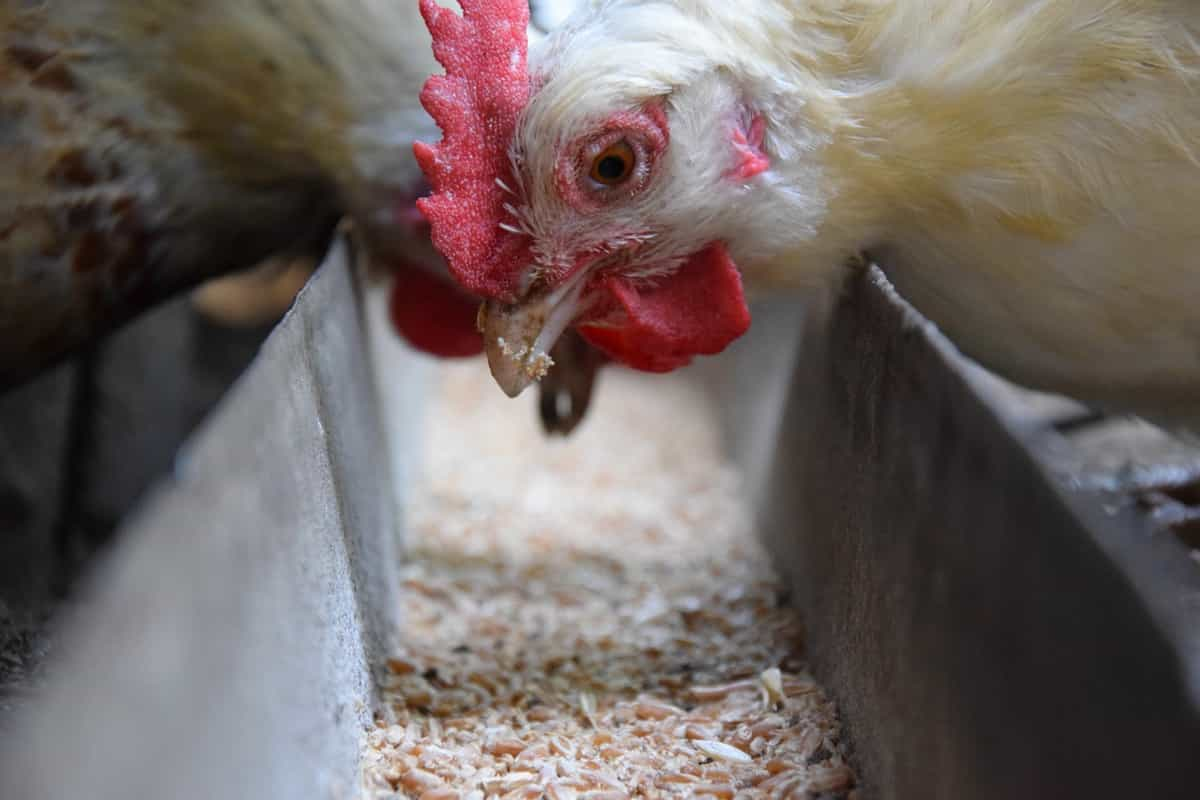
9. Minimize waste: To achieve optimized performance, waste from poultry production must be minimized. This includes reducing losses due to Feed Injection Facilities (FIFs), minimizing pre-chilled offal, and feeding only what is needed for the birds instead of overfeeding them.
10. Feed regularly: Keep your flock fed regularly so they know when it’s time to eat. This will help them consume food more efficiently and avoid wasting food.
11. Adjust feeding rates: If necessary, adjust feeding rates based on flock size, age, sex, and production goals to achieve the desired FCR. Supplement your bird’s food with minerals and vitamins to ensure it gets all the nutrients needed to grow optimally. Many birds suffer from deficiencies in certain minerals and vitamins when kept on an insufficient ration due to their poor eating or lifestyle habits (such as being confined in a small area). The addition of these essential supplements can help improve FCR.
Enhancing FCR through genetic selection
Selecting genes that improve FCR is one approach to boosting production. Unfortunately, it can be difficult to identify specific genes responsible for an increase in FCR, but there are a few key rules to keep in mind. Firstly, it’s important to understand the genetics behind FCR. Certain traits, like body weight or muscle size, are passed down from parent to offspring and can affect FCR.
Therefore, if you want to improve your flock’s FCR, a select breeding stock with high FCR values. Second, it’s worth testing different gene combinations. By selecting particular strains of birds with high FCR values and crossing them with other breeds with lower FCR values, you can find which genes are responsible for the difference. This method is called “back-crossing” and is used by breeders of livestock and poultry species worldwide.
Finally, monitoring your flock closely and adjusting as needed is important. If you see that your flock’s FCR is dropping, for example, it may be because of a problem with nutrition or health care; then you should make changes immediately. Otherwise, your flock will slowly lose its edge in the competition for food and die off.
What are the factors that contribute to the improvement of FCR?
The most important of these is genetic selection, which will allow for breeding birds with higher FCRs. Age also significantly improves FCR, as older birds tend to convert feed more efficiently than younger birds. Another factor that can improve FCR is feed quality, and good management methods can also have a positive impact.
1. Improving flock health and sanitation – This includes ensuring that chickens are healthy and well-nourished, avoiding illness and parasites, and maintaining a clean environment for them to live in.
2. Reducing feed usage – This can be done by switching fed flock rations to a more efficient formulation or increasing the amount of feed available per bird.
3. Implementing effective feeding strategies/techniques – Some common techniques used to improve FCR include ration supplementation (such as adding molasses or corn) or meal supplementation (such as placing feeds in balls or tubes).
4. Properly timed feedings – Feedings should be timed to provide the birds with the nutrients they need without overfeeding them or causing weight gain, which could lead to problems such as metabolic disorders or leg problems. Good feeds contain all the nutrients your birds need and are formulated to meet their needs. Look for feeds with low phosphorus levels and adequate levels of other nutrients, such as protein, sodium, and calcium.
5. Use plenty of fresh water to keep your birds hydrated – Water helps convert feed into body tissue, which helps your birds grow faster.
In case you missed it: Raising Kadaknath Chickens (Black Chicken) in India: Check How this Guide Helps Profitable Kadaknath Poultry Farming from Scratch
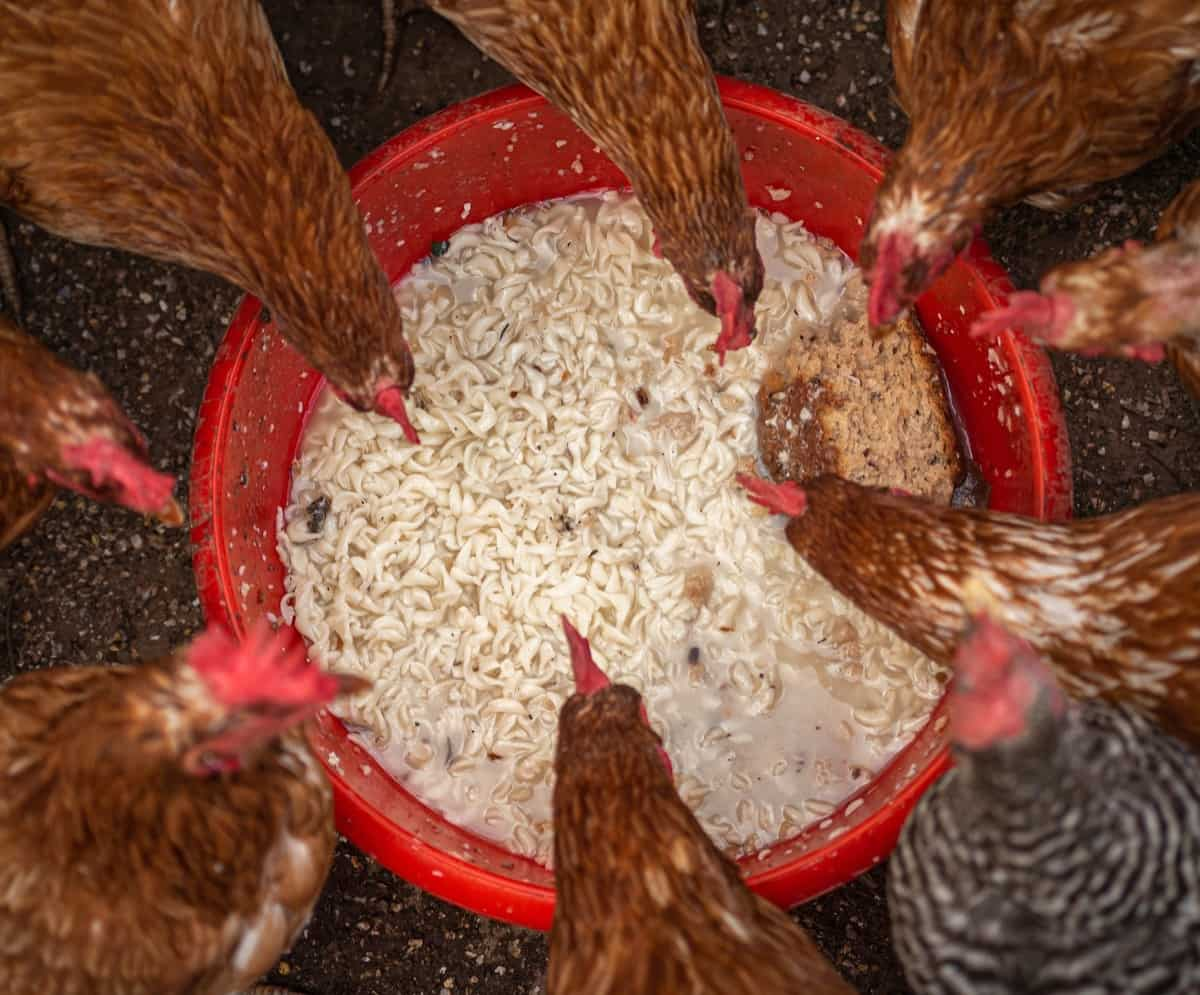
How do you increase the feed conversion ratio in broilers?
One way is to adjust the weight of the feed given to the birds. For example, providing 1 pound of feed for every 2 pounds of bird weight can increase the feed conversion ratio. Another way is to give fresh feeding instead of concentrated feeding. This can also help increase the feed conversion ratio because it provides more nutrients and less filler material, which reduces waste. Water should also be available at all times so the birds can drink and get rid of excess water, which will also help improve the feed conversion ratio.
Ways to increase feed conversion ratio in layers
1. Minimize waste: To reduce the amount of feed consumed, it is important to minimize waste. This means minimizing feed intake by sick or unproductive birds and ensuring that all feeds are used as efficiently as possible.
2. Use balanced diets: A balanced diet is essential for birds eating a commercial diet. Balanced diets consist of a combination of proteins, carbohydrates, and fats. Proteins provide the main energy source for birds, while carbohydrates and fats help to regulate the bird’s metabolism.
3. Incorporate fresh foods: Adding fresh foods can help improve poultry’s appetite and digestion. Fresh fruits and vegetables can be given directly to the birds as part of their diet or as supplements to their commercial food pellets.
4. Incorporate legumes into your poultry diet: Legumes are a great source of protein and fiber, which can help increase FCR.
5. Breed for high FCR birds: Selecting birds with high FCRs will help ensure that your flock gets the best nutrition and care possible.
6. Provide plenty of fresh water and food resources: Water and food resources help keep birds hydrated and healthy, which can lead to better FCRs. Over-hydration can lead to health problems and decreased production, so keep an eye on how much water your birds are drinking and adjust their watering schedule as needed. In addition, feed chickens regularly but inconspicuously to avoid attracting predators or scavengers that could steal food from the pens or eat sick birds outright.
7. Maintain good ventilation throughout the pen: This will help remove smells and airborne pathogens that can reduce the FCR of your birds.
8. Proper rationing: Rationing should be done properly to ensure that the birds get the right amount of nutrients and energy they need. Too much or too little food can lead to lower FCR.
9. Adjust feeding times: Adjust feeding times based on bird size and weight to ensure they get the right amount of food each time. Overfeeding can cause health problems, such as obesity and lower FCR. Underfeeding can also lead to poor growth and health issues, such as poor feathering and cannibalism among birds.
What is the ideal FCR?
For broiler producers, an FCR of 1.6 means that their chickens gain 1-kilogram weight for every 1.6 kilograms of feed consumed. Therefore, the lower the FCR, the more efficiently animals convert feed into food.
In case you missed it: How to Start a Poultry Farming in Nigeria: Business Plan, Breeds, Cost, Profit, Loan, Subsidy, and Management
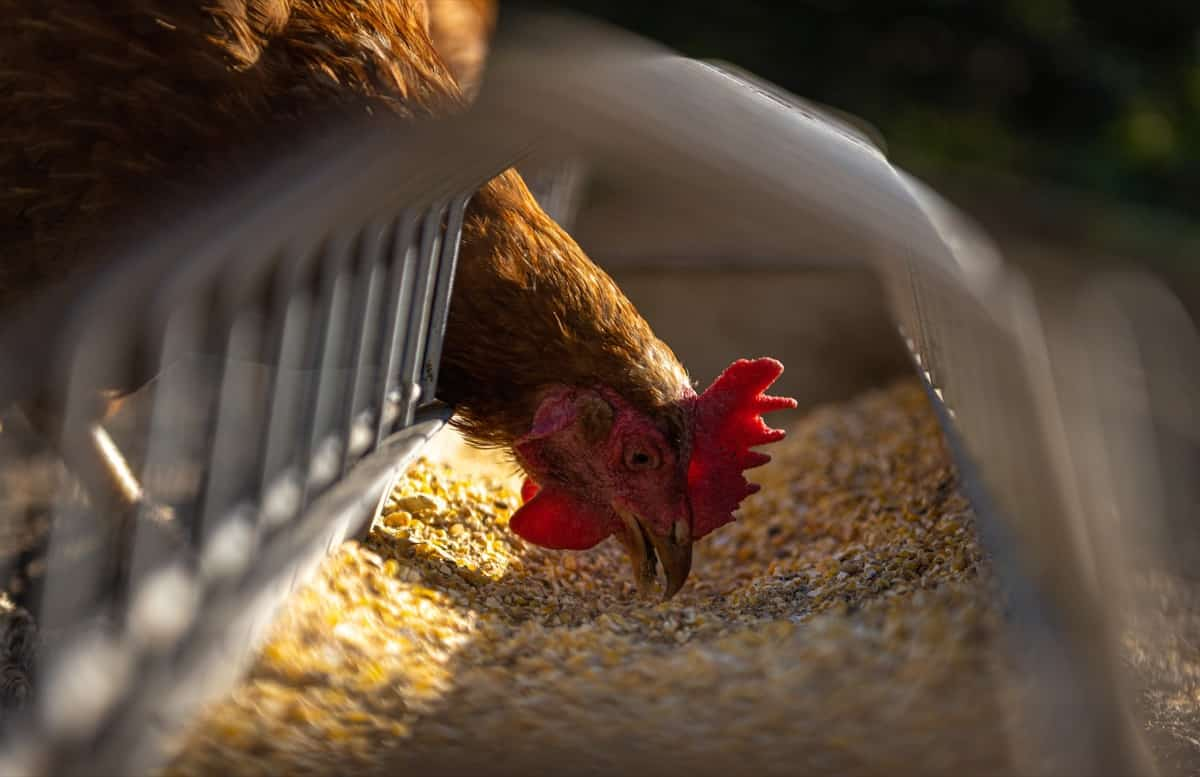
Tips to improve FCR in poultry
1. Avoid hot spots in feed silos – The heat generated by the machinery can easily make feed spoil and affect the performance of birds. Try to place the silo near an air-conditioning unit if possible.
2. Use feeders that don’t waste feed – Using a feeder that wastes as little feed as possible will help reduce wastage and improve your poultry production process efficiency. This will also reduce your costs significantly.
3. Lights on and off – When birds are not working, turning off lights can help conserve energy and improve bird health. It is also advisable to turn off lights at night so that animals do not become disturbed during their slumber.
4. Avoid heavy body weight – Overweight birds tend to have lower FCRs since they consume more feed to produce the same meat as thinner birds. Therefore, it is important to keep your birds healthy and maintain a proper weight, so they produce high-quality meat at all stages of their life cycle.
5. Make sure feed ingredients are well mixed before feeding – Unmixed ingredients can lead to digestive issues and decreased weight gain in the birds.
6. Use fresh, clean water when watering your birds – Contaminants in tap water can reduce feed intake and affect egg production.
7. Provide ample access to fresh air and sunlight for your birds – Exposure to natural light helps regulate body temperature and encourages food consumption.
How to calculate the Feed conversion ratio (FCR)in poultry?
There are a few key rules that you can follow to improve your poultry feed conversion ratio (FCR) and reduce feed costs. First and foremost, ensure you are feeding your birds the correct type of feed. For example, feed mixes high in cereal grains should be avoided to increase the FCR. Instead, use feeds with more protein and fiber to help improve digestion and nutrient absorption. Another important aspect of poultry nutrition is water content. Too much water can lead to digestive problems and an increased risk of disease for your birds.
Try to limit freshwater intake to only 1 cup per day per bird. This will help keep their digestive systems functioning properly and reduce feed costs. Finally, please keep track of your flock’s production levels and adjust their diet accordingly. This will ensure they get the right amount of nutrients and calories needed to grow healthy meat detainees. There is an inverse relationship between the conversion coefficient and the weight of the chicken. Feed conversion ratio (FCR)= amount of feed eaten ÷ weight of one chicken.
In case you missed it: How to Start Poultry Farming in the Netherlands: Business Plan, Breeds, Management, Cost, and Profit
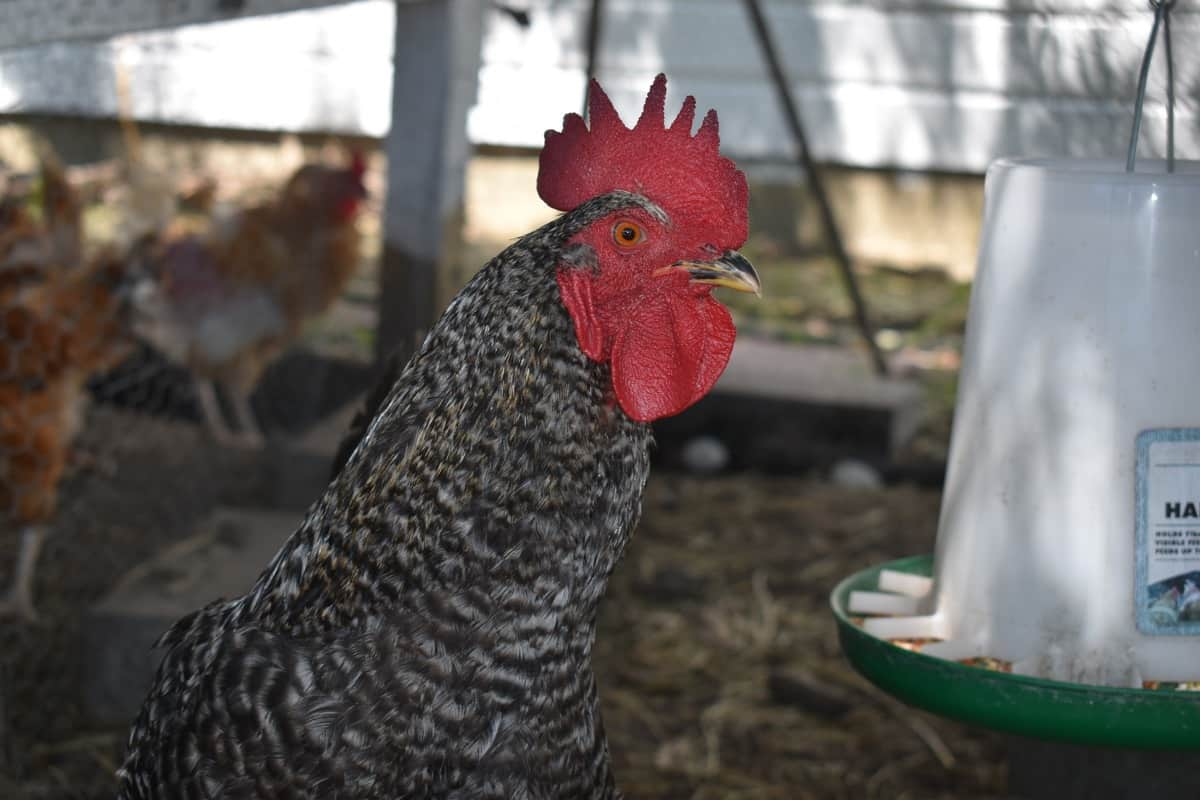
Conclusion
Poultry farming is an agricultural process that involves raising chickens for their meat. FCR is one of the key metrics poultry farmers use to monitor their farms’ performance. Every farmer knows that one of the most important aspects of their operation is making sure their feed converts to meat promptly and efficiently. Feed conversion ratios (FCRs) are important numbers in poultry farming because they determine how much feed a bird consumes and produces to gain weight.
- Types of Pesticides Used in Agriculture: A Beginner’s Guide
- Economical Aquaculture: A Guide to Low-Budget Fish Farming
- 15 Common Planting Errors That Can Doom Your Fruit Trees
- How to Make Houseplants Bushy: Effective Tips and Ideas
- Innovative Strategies for Boosting Coconut Pollination and Yield
- Pollination Strategies for Maximum Pumpkin Yield
- The Complete Guide to Chicken Fattening: Strategies for Maximum Growth
- Natural Solutions for Tulip Problems: 100% Effective Remedies for Leaf and Bulb-Related Issues
- Revolutionizing Citrus Preservation: Towards a Healthier, Greener Future
- Natural Solutions for Peony Leaf and Flower Problems: 100% Effective Remedies
- Maximizing Profits with Avocado Contract Farming in India: A Comprehensive Guide
- Natural Solutions for Hydrangea Problems: 100% Effective Remedies for Leaf and Flowers
- The Ultimate Guide to Choosing the Perfect Foliage Friend: Bringing Life Indoors
- From Sunlight to Sustainability: 15 Ways to Use Solar Technology in Agriculture
- The Ultimate Guide to Dong Tao Chicken: Exploring from History to Raising
- The Eco-Friendly Makeover: How to Convert Your Unused Swimming Pool into a Fish Pond
- Mastering the Art of Delaware Chicken Farming: Essentials for Healthy Backyard Flocks
- 20 Best Homemade Fertilizers for Money Plant: DIY Recipes and Application Methods
- How to Craft a Comprehensive Free-Range Chicken Farming Business Plan
- Brighten Your Flock: Raising Easter Egger Chickens for Beauty and Bounty
- How to Optimize Your Poultry Egg Farm Business Plan with These Strategies
- Subsidy for Spirulina Cultivation: How Indian Government Schemes Encouraging Spirulina Farmers
- Ultimate Guide to Raising Dominique Chickens: Breeding, Feeding, Egg-Production, and Care
- Mastering the Art of Raising Jersey Giant Chickens: Care, Feeding, and More
- Ultimate Guide to Raising Legbar Chickens: Breeding, Farming Practices, Diet, Egg-Production
- How to Raise Welsummer Chickens: A Comprehensive Guide for Beginners
- How to Protect Indoor Plants in Winter: A Comprehensive Guide
- Ultimate Guide to Grow Bag Gardening: Tips, Tricks, and Planting Ideas for Urban Gardeners
- Guide to Lotus Cultivation: How to Propagate, Plant, Grow, Care, Cost, and Profit
- Agriculture Drone Subsidy Scheme: Government Kisan Subsidy, License, and How to Apply Online
- Ultimate Guide to Raising Araucana Chickens: Breed Profile, Farming Economics, Diet, and Care
- Bringing Hydroponics to Classroom: Importance, Benefits of Learning for School Students
- Ultimate Guide to Raising Polish Chickens: Breed Profile, Farming Economics, Diet, and Care
- Ultimate Guide to Raising Australorp Chickens: Profile, Farming Economics, Egg Production, Diet, and Care
- Silkie Chicken Farming: Raising Practices, Varieties, Egg Production, Diet, and Care
- Sussex Chicken Farming: Raising Practices, Varieties, Egg Production, Diet and Care
Very useful information
Very usefull information